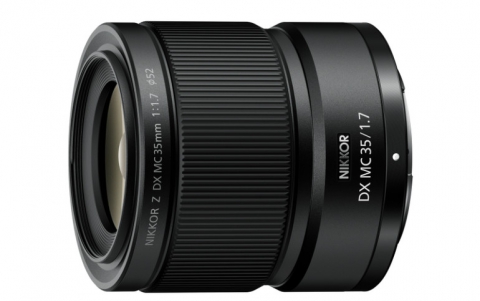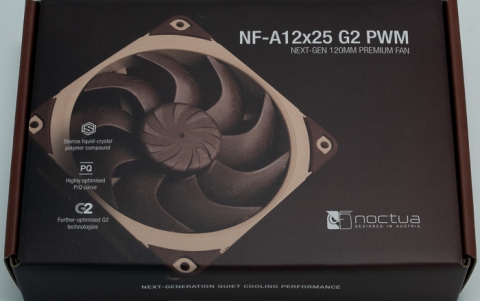
Google To Offer Balloon-powered Internet Access
Google is experimenting with balloons that beam the Internet from the sky. As part of the 'Project Loon,' the search giant is releaseing helium-filled balloons that will float in the stratosphere and offer internet connectivity in areas that have been difficult to access the web
due to terrestrial challenges and economical problems.
The latest moonshot from Google[x] is the balloon-powered Internet access. Google believes that it might be possible to build a ring of balloons, flying around the globe on the stratospheric winds, that provides Internet access to the earth below. Although still in early days, Google has built a system that uses balloons, carried by the wind at altitudes twice as high as commercial planes, to beam Internet access to the ground at speeds similar to today's 3G networks or faster. Google hopes balloons could become an option for connecting rural, remote, and underserved areas, and for helping with communications after natural disasters.
The optimistic plan presents some challenges. Many projects have looked at high-altitude platforms to provide Internet access to fixed areas on the ground, but trying to stay in one place like this requires a system with major cost and complexity. So the idea Google pursued was based on freeing the balloons and letting them sail freely on the winds. Google figured out how to control their path through the sky, by using just wind and solar power. The helium-filled balloons - made from a thin polyethylene film and are 15 meters (49 feet) in diameter when fully inflated - are moved up or down to catch the winds to travel in. Thhe next step was to manage the fleet of balloons sailing around the world so that each balloon is in the appropriate area right when needed. Google says it has solved this with some complex algorithms and lots of computing power.

The balloon envelope is the name for the inflatable part of the balloon. Project Loon's balloon envelopes are made from sheets of polyethylene plastic and stand fifteen meters wide by twelve meters tall when fully inflated. They are specially constructed for use in superpressure balloons, which are longer-lasting than weather balloons because they can withstand higher pressure from the air inside when the balloons reach float altitude. A parachute attached to the top of the envelope allows for a controlled descent and landing whenever a balloon is ready to be taken out of service. Each unit?s electronics are powered by an array of solar panels that sits between the envelope and the hardware. In full sun, these panels produce 100 Watts of power - enough to keep the unit running while also charging a battery for use at night. A small box containing the balloon?s electronic equipment hangs underneath the inflated envelope, like the basket that is carried by a hot air balloon. This box contains circuit boards that control the system, radio antennas to communicate with other balloons and with Internet antennas on the ground, and batteries to store solar power so the balloons can operate during the night. The transmitter on each balloon would beam down the Internet to an area about 1,250 square kilometers (780 square miles) - twice the size of New York City. Google says each balloon should stay aloft for about 100 days.
This week Google started a pilot program (30 balloons released) in the Canterbury area of New Zealand with 50 testers trying to connect to the released balloons.
Over time, Google plans to to set up pilots in countries at the same latitude as New Zealand. The company is also seeking for partners for the next phase of the project.
The optimistic plan presents some challenges. Many projects have looked at high-altitude platforms to provide Internet access to fixed areas on the ground, but trying to stay in one place like this requires a system with major cost and complexity. So the idea Google pursued was based on freeing the balloons and letting them sail freely on the winds. Google figured out how to control their path through the sky, by using just wind and solar power. The helium-filled balloons - made from a thin polyethylene film and are 15 meters (49 feet) in diameter when fully inflated - are moved up or down to catch the winds to travel in. Thhe next step was to manage the fleet of balloons sailing around the world so that each balloon is in the appropriate area right when needed. Google says it has solved this with some complex algorithms and lots of computing power.

The balloon envelope is the name for the inflatable part of the balloon. Project Loon's balloon envelopes are made from sheets of polyethylene plastic and stand fifteen meters wide by twelve meters tall when fully inflated. They are specially constructed for use in superpressure balloons, which are longer-lasting than weather balloons because they can withstand higher pressure from the air inside when the balloons reach float altitude. A parachute attached to the top of the envelope allows for a controlled descent and landing whenever a balloon is ready to be taken out of service. Each unit?s electronics are powered by an array of solar panels that sits between the envelope and the hardware. In full sun, these panels produce 100 Watts of power - enough to keep the unit running while also charging a battery for use at night. A small box containing the balloon?s electronic equipment hangs underneath the inflated envelope, like the basket that is carried by a hot air balloon. This box contains circuit boards that control the system, radio antennas to communicate with other balloons and with Internet antennas on the ground, and batteries to store solar power so the balloons can operate during the night. The transmitter on each balloon would beam down the Internet to an area about 1,250 square kilometers (780 square miles) - twice the size of New York City. Google says each balloon should stay aloft for about 100 days.
This week Google started a pilot program (30 balloons released) in the Canterbury area of New Zealand with 50 testers trying to connect to the released balloons.
Over time, Google plans to to set up pilots in countries at the same latitude as New Zealand. The company is also seeking for partners for the next phase of the project.




















